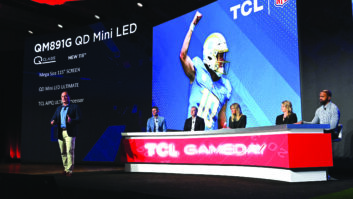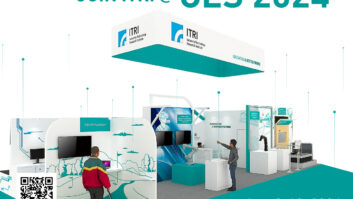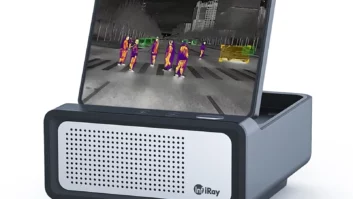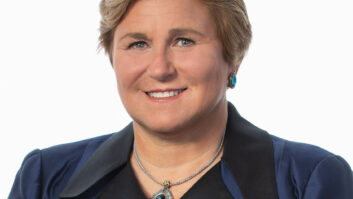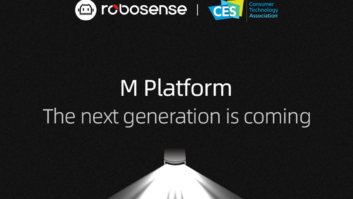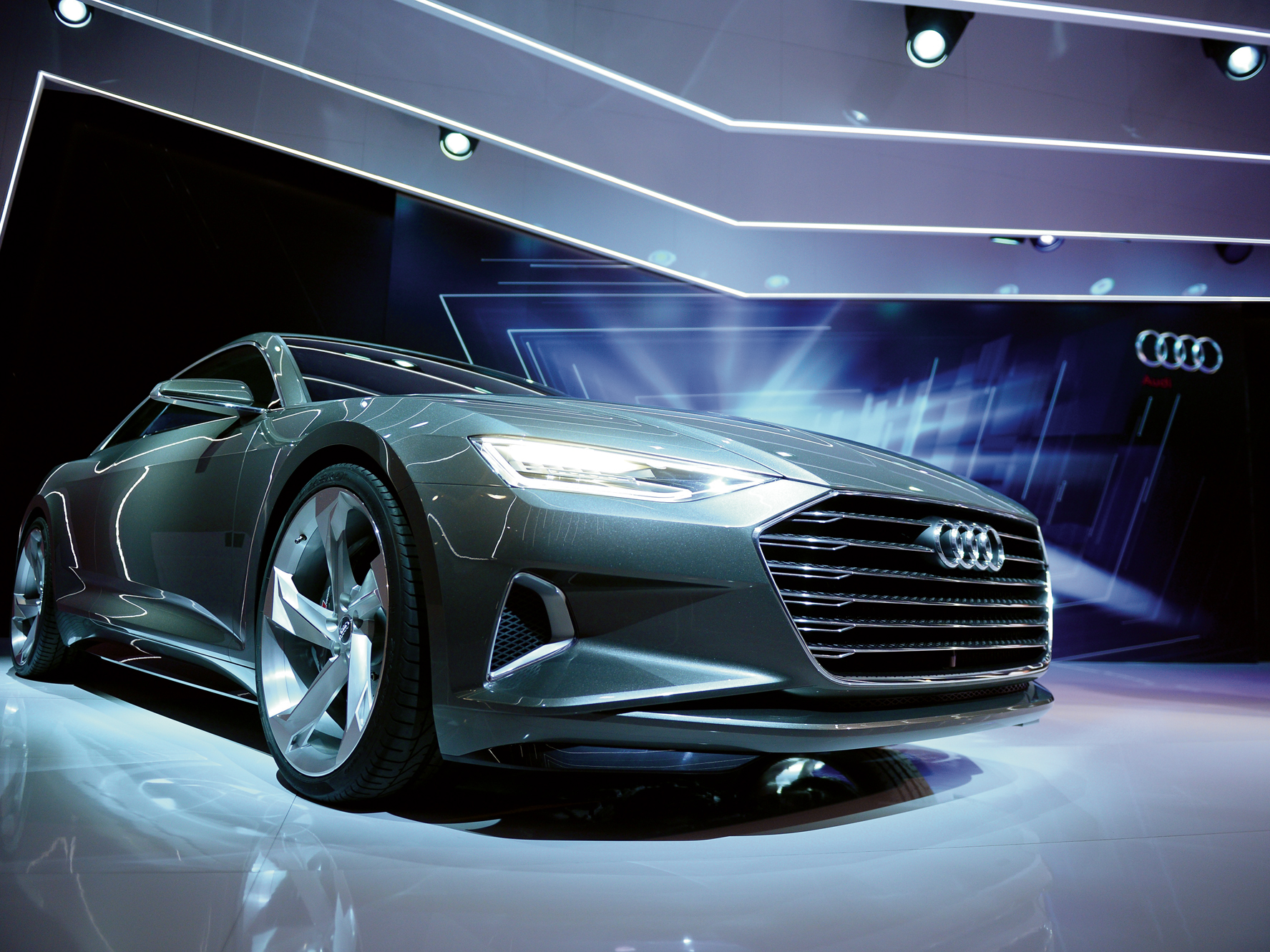
Las Vegas — With 10 automakers at last week’s International CES, the largest presence to date, cars moved from the sidelines to the forefront of the show.
During a round of press events and panels held on press and opening day, car companies showed off new technologies from hydrogen fuel cell cars to piloted cars to vehicles that are operated by gesture control.
Toyota’s Michio Kaku hailed the company’s introduction of the world’s first hydrogen fuel cell car as a turning point in automotive history. “We are present at the creation of the new age of hydrogen,” he said.
Many think of hydrogen vehicles for use on the golf course or to go to the grocery store, noted Kaku, and he acknowledged that many critics have long shaken their heads at hydrogen. That is about to change, he said.
Bob Carter, automotive operations senior VP for Toyota Motor Sales USA, officially announced the 2016 Mirai, a word that means future in Japanese. It makes its debut in the U.S. in October.
In an effort to spread the gospel, Toyota’s 5,680 hydrogen fuel cell related global patents, said Carter, will be granted royalty free from now until 2020 to carmakers and their parts suppliers. The 70 patents covering fuel production and supply are royalty-free for an unlimited time.
Volkswagen’s packed event hailed the Golf R Touch concept vehicle with its gesture control system and three displays (a 12.8-inch main screen, 8-inch screen control center, and 12.3-inch active information display that replaces the traditional instrument cluster). Gesture control where a camera converts gestures into commands is on the horizon, said Volkswagen’s Dr. Jakob Neusser, head of powertrain development. “We are replacing buttons and rotary switches — it follows our philosophy ‘make it simple.’”
Audi kicked off its press conference on opening day by hailing its fifth anniversary at CES. The automaker was the pioneer car company to come to this event. “I look around now and see many have followed us,” said Scott Keogh, president of Audi America. The company debuted its modular infotainment concept in 2011, connectivity in the car in 2012, matrix lighting technology in 2013 and the virtual cockpit and the Audi TT piloted vehicle last year. “
This year the company had its A7 Piloted Driving prototype drive from Palo Alto, Calif., to the show here in Las Vegas. Next, Dr. Ulrich Hackenberg, Audi’s R&D chief, used an LG smart watch to call the self-driving Audi Prologue concept onto the stage. “It is a mobile key,” he said.
During the keynote address, “How Mobile Is Fundamentally Changing Our World,” Philip M. Abram, chief infotainment officer for General Motors, shared his thoughts on what is next for the car. As for the product cycle for technology to make its way into vehicles, the four- to seven-year timeline is getting shorter, but bringing technology into the car requires careful consideration. “We’re never going to turn a car into a smartphone,” he said. “Its job is to take you and your family from here to there. It’s a 3,500-pound device, so thank goodness it takes time to validate everything. We have to create the right layers to innovate but maintain safety.”
As for Apple or Android in cars of the future, Abram said it’s up to the consumer. “It’s not for us to decide,” he said. “We are showing both Android Auto and Apple CarPlay. We just care that the customer’s phone works with our car. We have the same head unit in our car — and you just plug in whatever phone you want. We’re not going to move the customer on that, but we’re going to accommodate them.”







